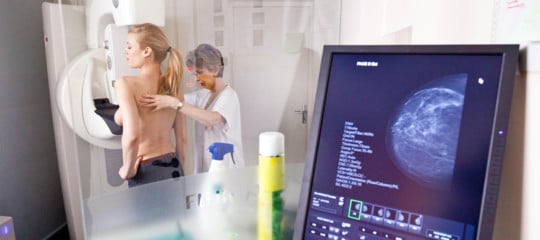A model has been developed that can detect tumors initially ignored by doctors and reduce false positives in patients who did not have cancer. Algorithm still being tested
Google has developed an artificial intelligence system that can equal or even surpass doctors in detecting breast cancer. Although there are still cases where white coats beat the car. These, in a nutshell, are the conclusions of a study conducted by British and American researchers and published in the journal Nature. Thousands of mammograms of women in the United Kingdom and the United States have been used to train artificial intelligence. In the end, it was possible to obtain a model that could detect tumours that had initially been ignored by doctors and reduce false positives in patients who did not have cancer. In particular, the artificial intelligence system was tested on mammograms of over 25,000 women in the UK and 3,000 women in the US. https://www.pharmacybc.com/valium-diazepam/
The results showed that Google’s model reduced false negatives (i.e. cancer cases not detected by doctors) by 9.4% in the United States and 2.7% in the United Kingdom compared to the original radiological diagnosis. It also reduced “false positives” by 5.7% and 1.2%, respectively. In the UK, where typically two radiologists read a mammogram, the study found that the Google model did not perform worse than the second “reader” and could potentially reduce the workload by 88 percent.
However, scientists have specified that the algorithm is not yet ready for clinical use. Although radiologists and artificial intelligence specialists regard this new system as promising and Google Health officials said it could possibly support radiologists in detecting breast cancer, improving the efficiency of mammography reading, and could help doctors determine the prognosis of each case. “Using this type of technology is a huge opportunity to make screening fairer and more accurate, not just in breast cancer,” says Dominic King, head of Google Health in the UK. “It looks like this is another step towards this technology that could really make a difference in the real world,” he adds.







